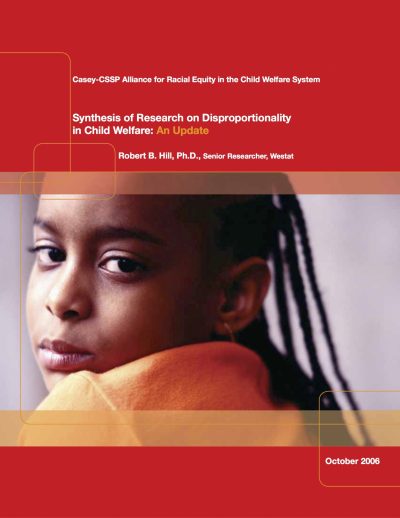Disparate Treatment
Compared to white children and families in the child welfare system, children of color and their families have less access to services and their outcomes are poorer.

An estimated 60% of U.S. children living in foster care are children of color. Such disproportionate representation of minority children in the child welfare system has long been a concern. This report explores patterns of child maltreatment and disproportionality, and how the race of a child affects decision making at various stages of child welfare – from reporting and investigations to placement in foster care and community factors.
While race is a factor in the decision making of child protective service agencies, and while there are disparities in the treatment of minority children and families, the causes of minority disproportionality are not readily identifiable or understood.
We hope you'll find value in this report. We’d love to get a little information from you, which we'll use to notify you about relevant new resources.